Reportar esta entrada
Más sobre la misma comunidad-colección
Photograph of a wedding party, 1955
A photograph of a bride and groom sharing a toast, surrounded by ...
Photograph of couple cutting wedding cake, 1955
A photograph of a bride and groom cutting their wedding cake ...
Photograph of a bride and groom exchanging rings, 1955
Photograph of a bride and groom exchanging wedding rings (names ...
Christmas photograph of two young women
Photograph of two young women posing beside a Christmas tree, ...
Two girls standing in front of car
Two girls in formal wear posing for picture in front of a car, ...
Four people standing around a grill
Photograph of two girls and two boys standing around a grill, ...

















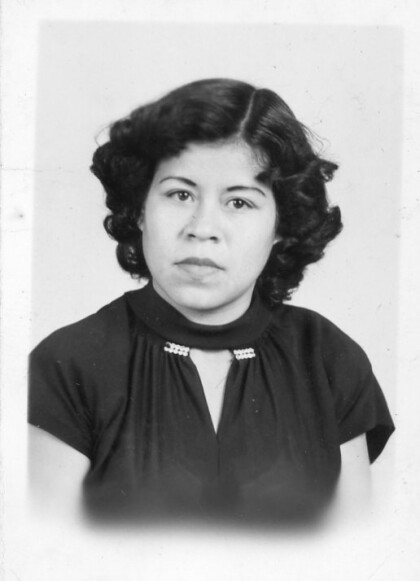
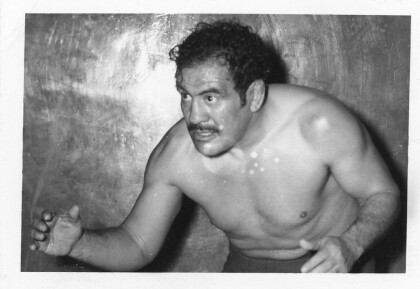
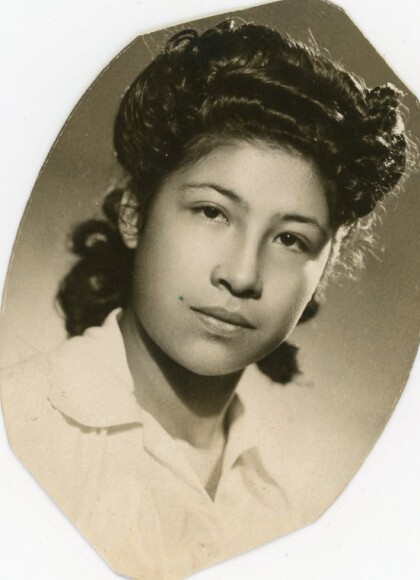
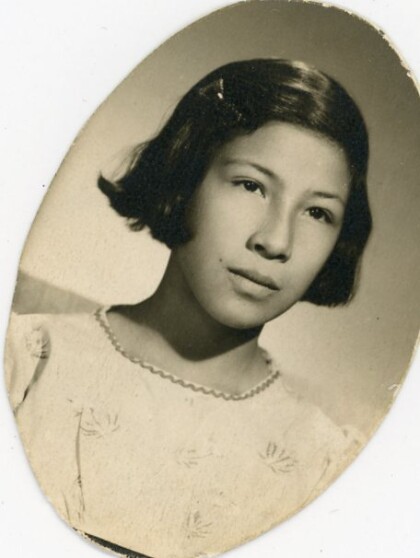
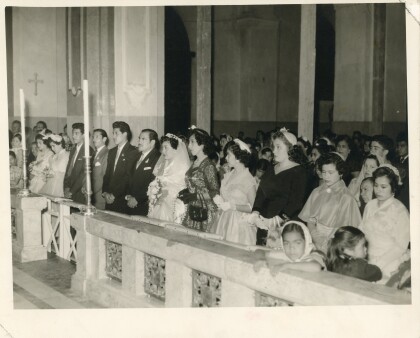
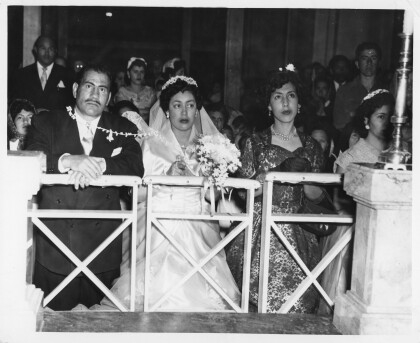
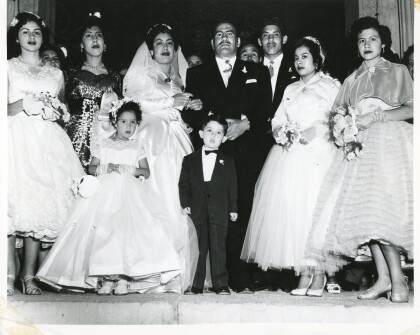
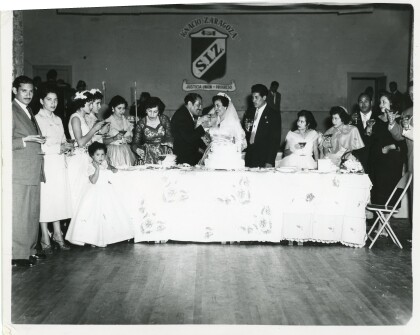
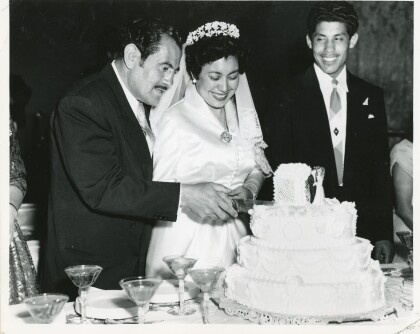
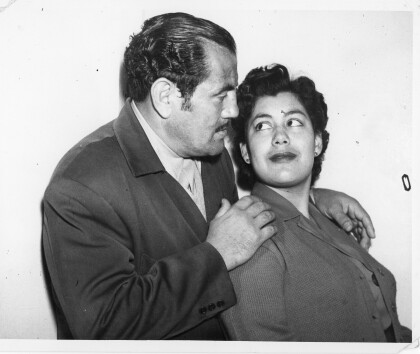
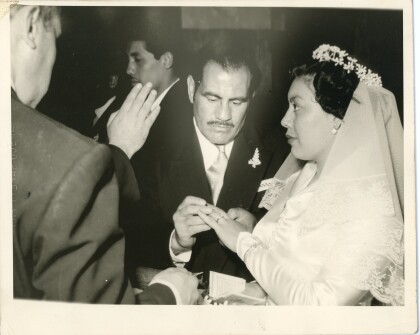

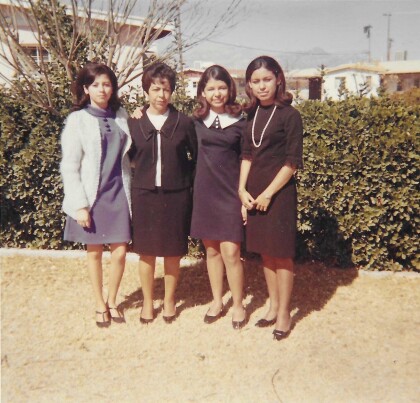
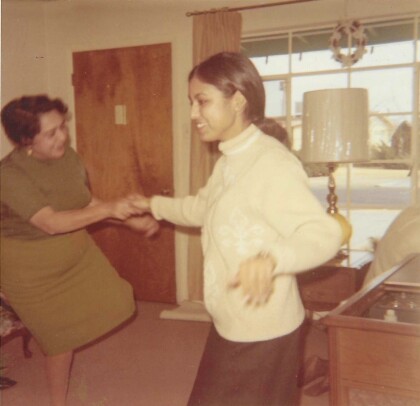

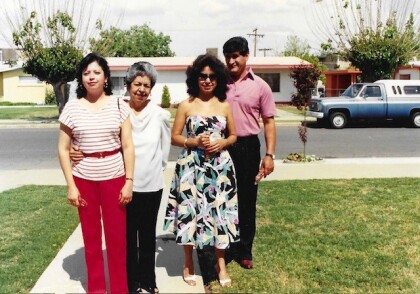
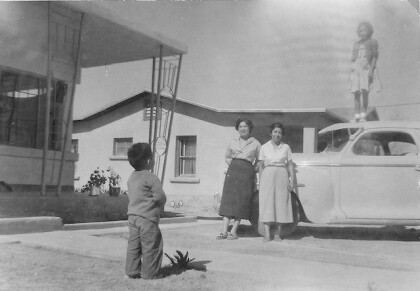
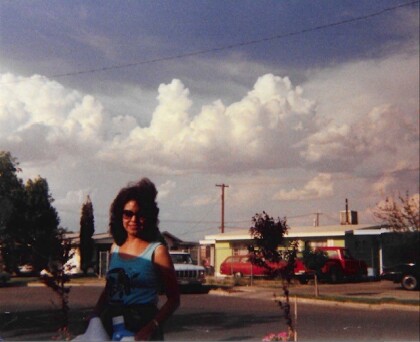
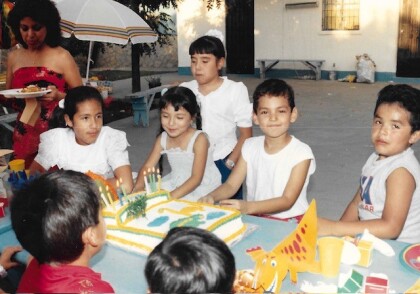
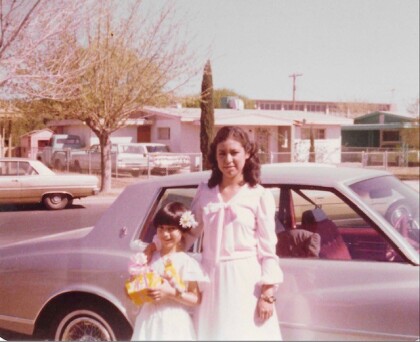

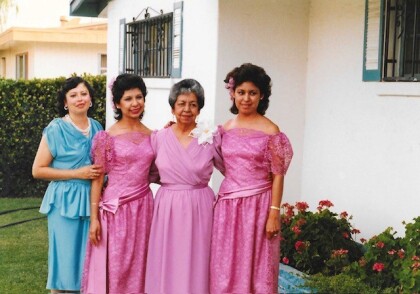
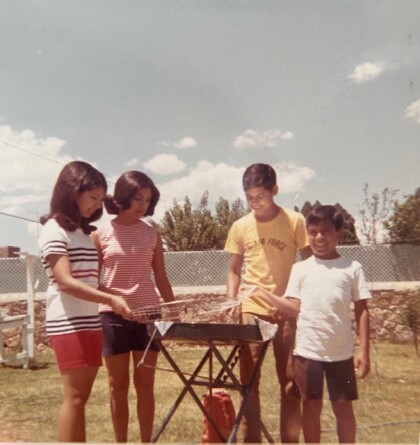
Comentarios
Hacer un comentario